home - Museums - Eco Museum on Straw Farming traditions back to museums
Eco Museum on Straw Farming traditions
Marostica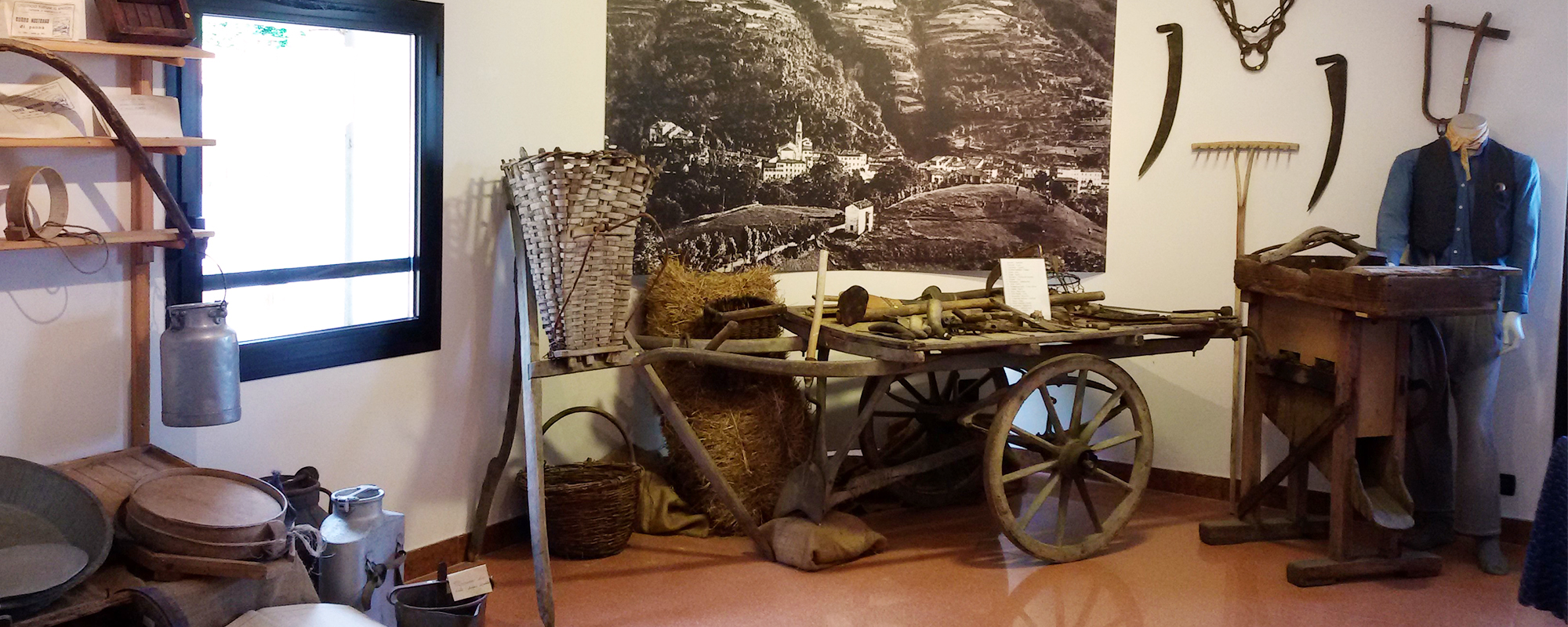
When saying "straw hair", nobody thinks of the effort of the farmers to obtain the "fastughi" from the newly harvested wheat. The thin strands of straw for weaving the "drèssa" (braid). The thinner one, just three millimetres wide, was called "the Marostica weave".
Hats and "sporte" (bags) sewn with it by peasant women and children were the result of a high level hand craftsmanship. The displayed objects are original, placed in two rooms on the first floor of the Eco Museum on Straw Farming Tradition of Corsara di Marostica, and document the technique of straw processing in agriculture and in domestic handicraft. It involved thousands of peasants in the hills and mountains of the Sette Comuni, from the seventeenth century until the first half of the twentieth century.
The museum occupies a building with three floors, facing the square of the parish church, and was once the seat of the Municipality of Crosara, and then used since 1939 as elementary school, which functioned until its closure in the eighties.
The collections of the museum bear witness of the activity, which has characterized the region since the end of 1600: the processing of straw and the cultvation of black cherry, the typical product, the production of which continues with the cherries of Marostica (PGI).
The Eco Museum houses a collection of nowadays rare artefacts and tools, original documents and historic photographs, chronicling the life of the past: dishes, linens and household items, tools used in animal breeding, in processing of milk, in working of fields, or used by cobblers.
The museum's library offers a collection of texts about the area and local crafts.
The visitHistory, the teacher of life, teaches us not to forget our origins in the fast pace of today's society, deeply rooted in rural civilization. Their knowledge can be continued by the tangible and intangible heritage, which is preserved in the museum, but it can be cultivated especially in travel destinations by the discovery of the landscape, which included the original and important craft tradition, the straw processing.
The Eco Museum on Straw in Corsara is a guardian of this tradition and at the same time a meeting place between different generations, to foster mutual understanding and a more conscious, respectful and beneficial coexistence.
The history CloseA group of enthusiast of popular traditions gave rise to the original nucleus of the collection, gathering and sorting documents, photographs, objects and materials belonging to the rural population of the hills of Marostica, with particular attention to the processing of wheat straw.
Thanks to the contributions of the Programme Leader II of the EU, and the cooperation of the “Comunità Montana dall’Astico al Brenta”, it was possible to renovate former schools with modern standards, finding this way the right place for the museum.
Opened in 2001, the Eco Museum on Straw Farming traditions is managed by the Cultural Association “Land and Life”, in agreement with the Common of Marostica.
June to October: Sunday from 4.00 PM to 7.00 PM
November to December and April to May: Sunday from 3.00 PM to 6.00 PM
Closed from January to March (open on request), except on Easter and Christmas holidays
On the other days guided tours for groups on booking.
Free entry
Guided tour or laboratory: € 2,00 per person.
Burcio per selezionare gli steli della paglia
Il burcio (o cùbele o batàrolo) veniva usato per ordinare gli steli di paglia destinati ad essere intrecciati in base al diametro. Grazie al "tamiso", ossia un “setaccio”, composto da un disco metallico forato, collocato sulla bocca (scatola) del burcio, era possibile suddividere gli steli per spessore, da quelli più sottili, spessi appena un terzo di millimetro e per questo adatti per lavori particolarmente pregiati, fino a quelli più grossi dal diametro di 3 millimetri.
Audioguide
Puoi usufruire del nostro servizio gratuito, senza scaricare nessuna app. e ascoltare l’audio-guida direttamente dal tuo smartphone. Ascolta (o scarica) le tracce audio oppure scansiona i QR Code che troverai durante la visita.
The project is in collaboration with , the exclusive service that tells you everything: cities, museums, natural attractions... with the voice of the best guides in Italy!
, the exclusive service that tells you everything: cities, museums, natural attractions... with the voice of the best guides in Italy!
Discover now

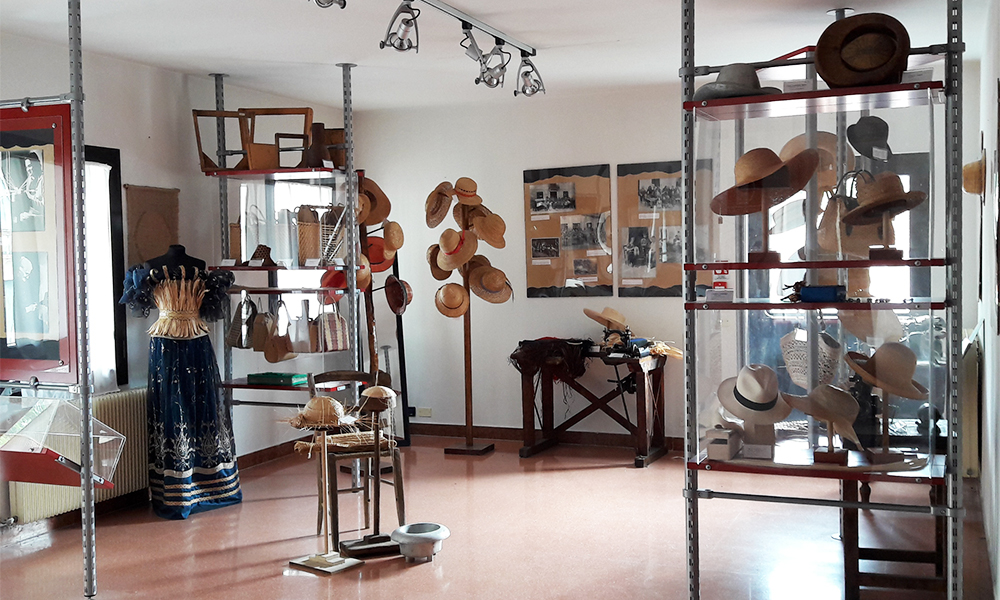
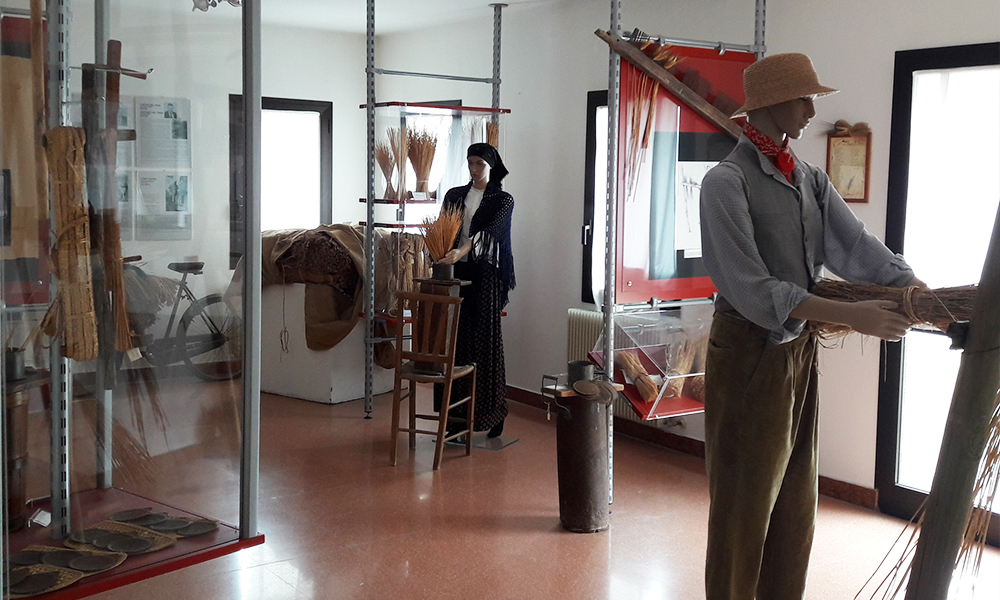
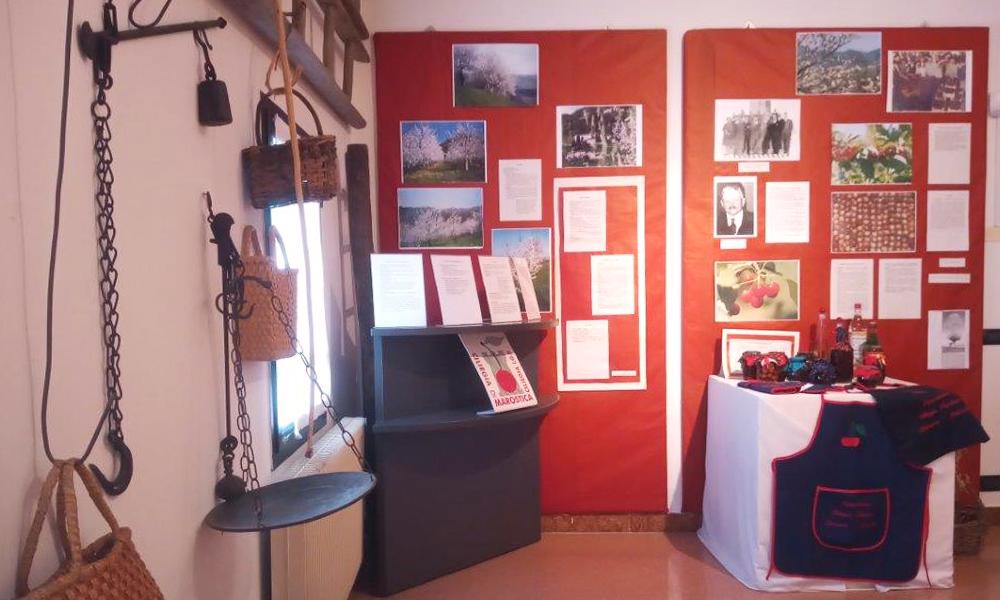
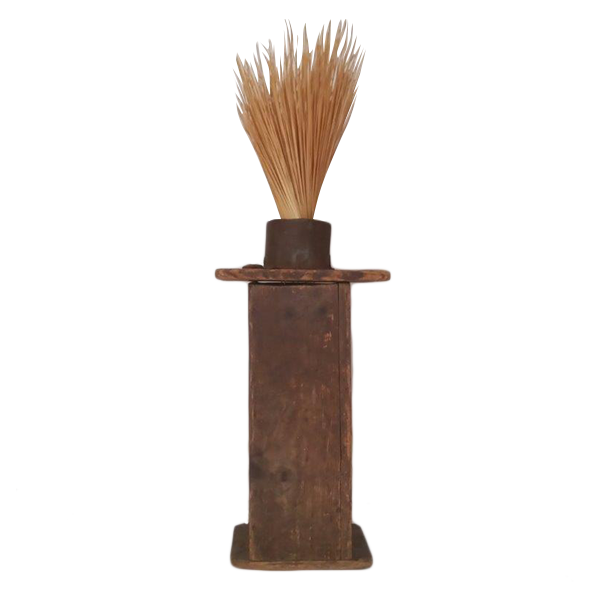
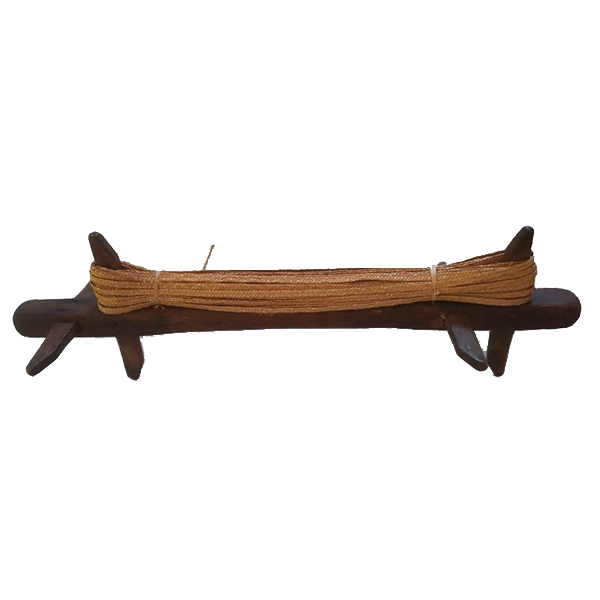
![]() , the exclusive service that tells you everything: cities, museums, natural attractions... with the voice of the best guides in Italy!
, the exclusive service that tells you everything: cities, museums, natural attractions... with the voice of the best guides in Italy!